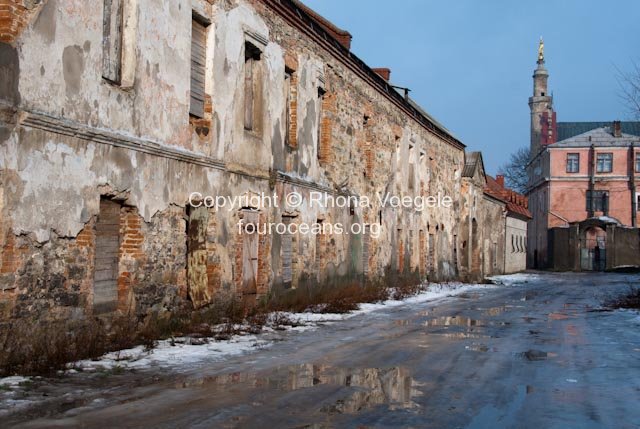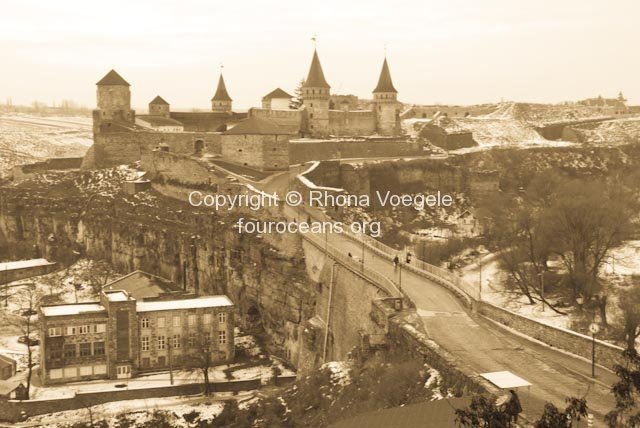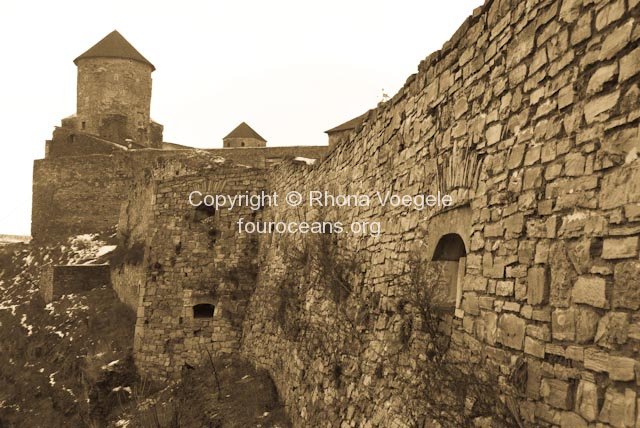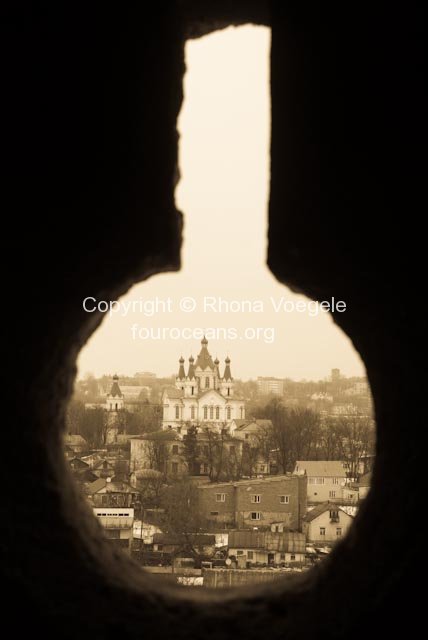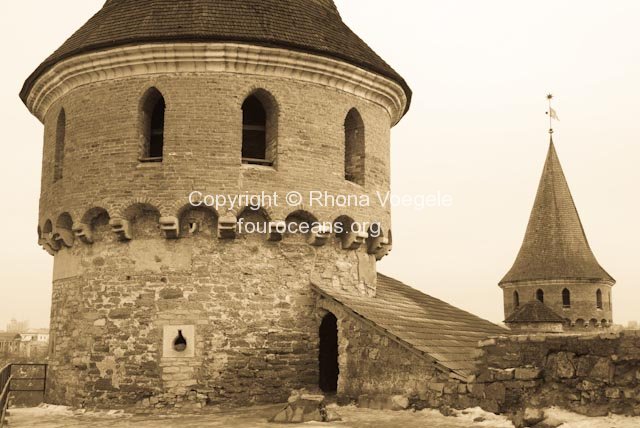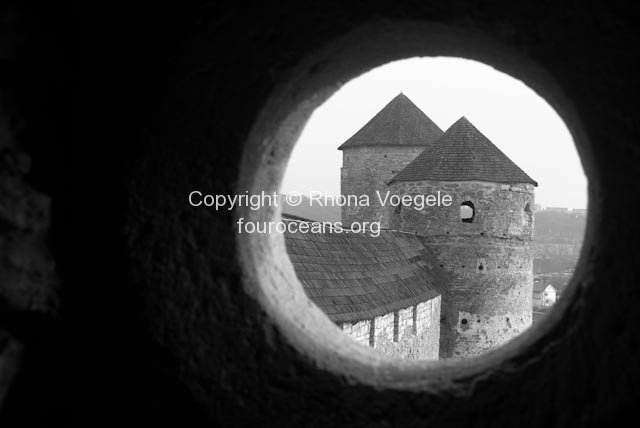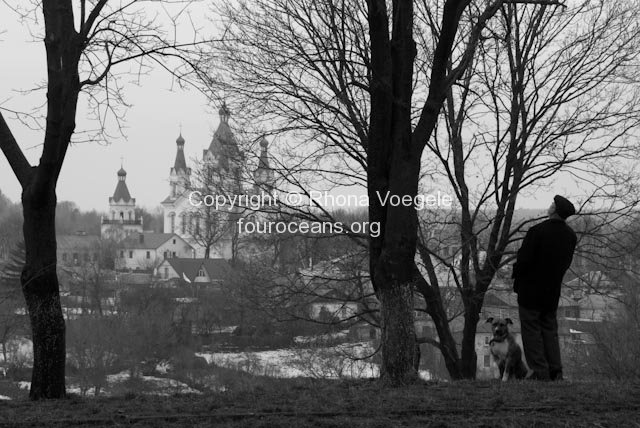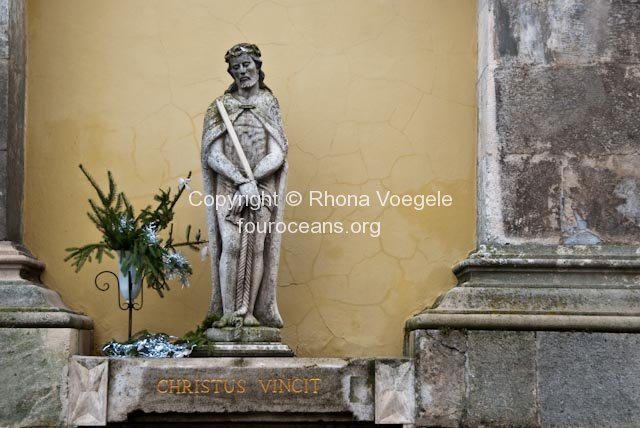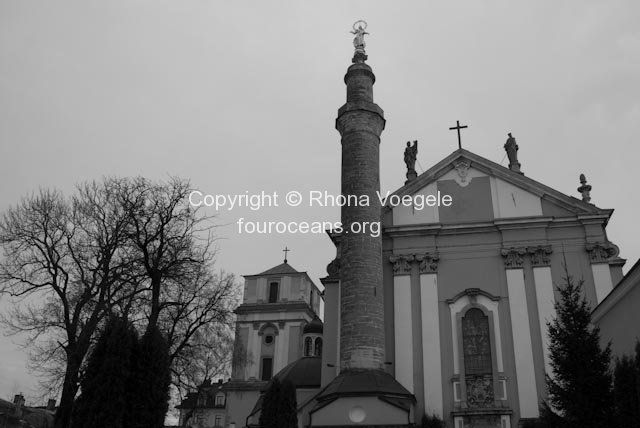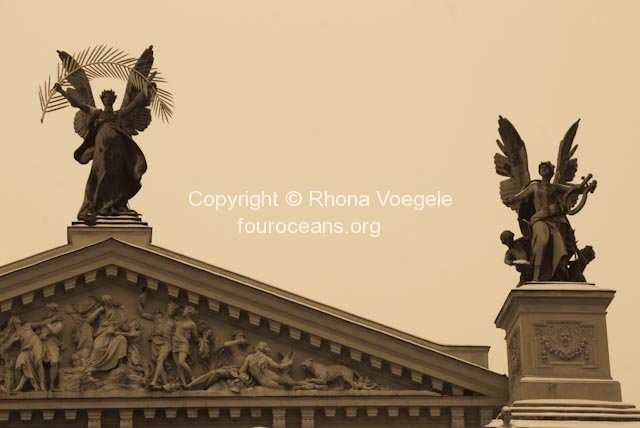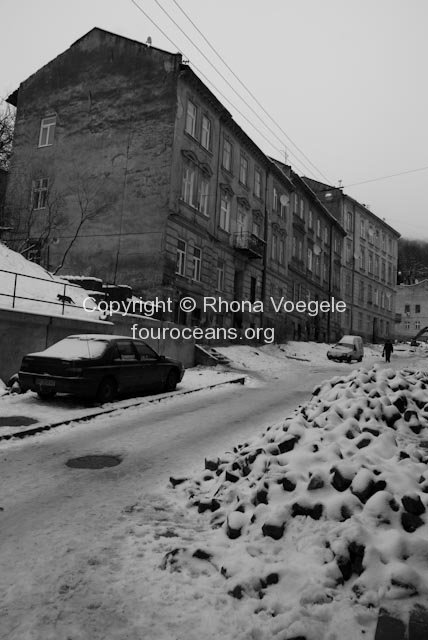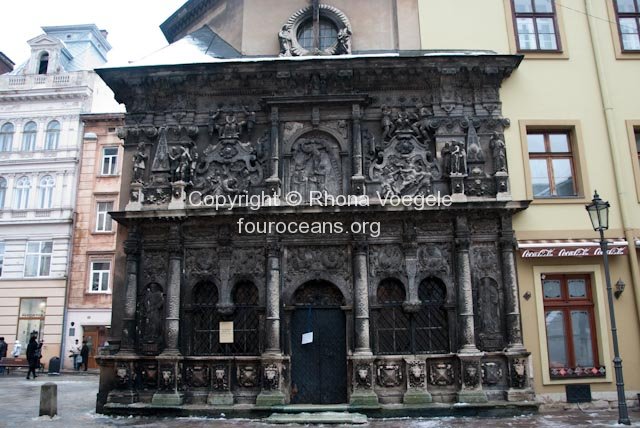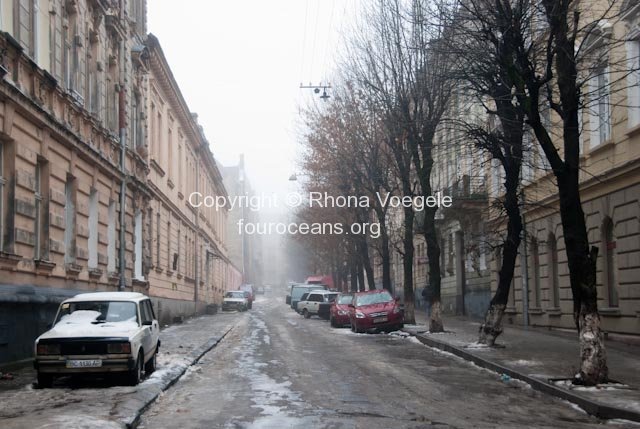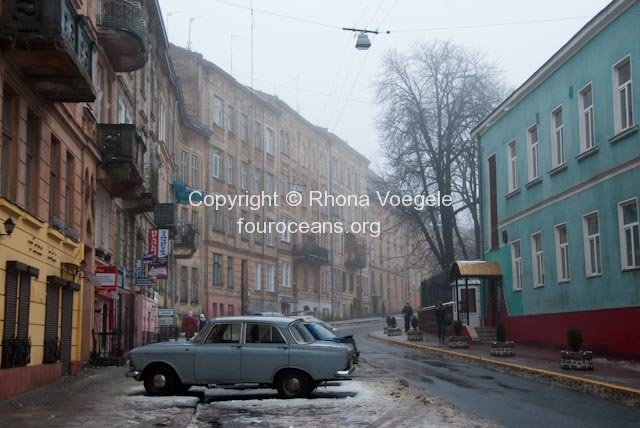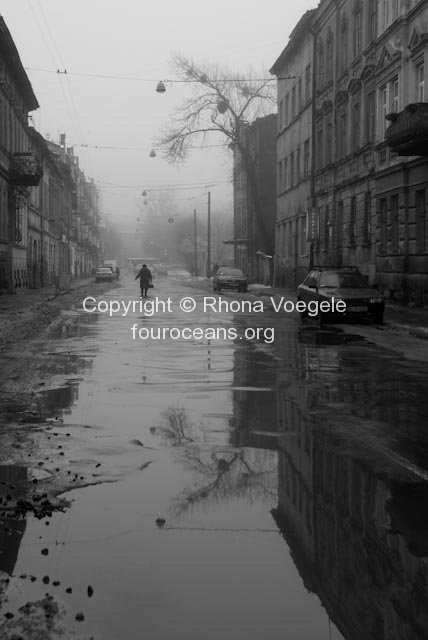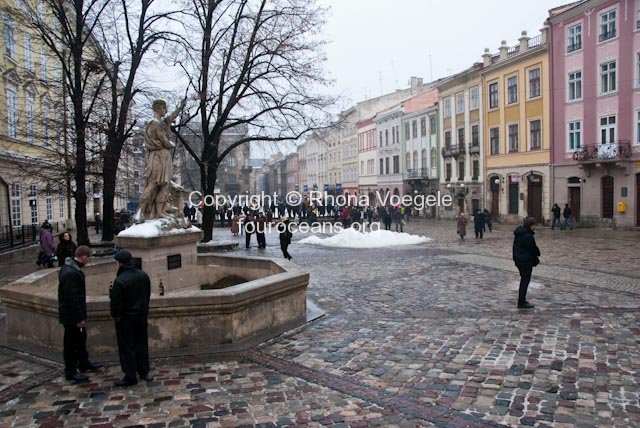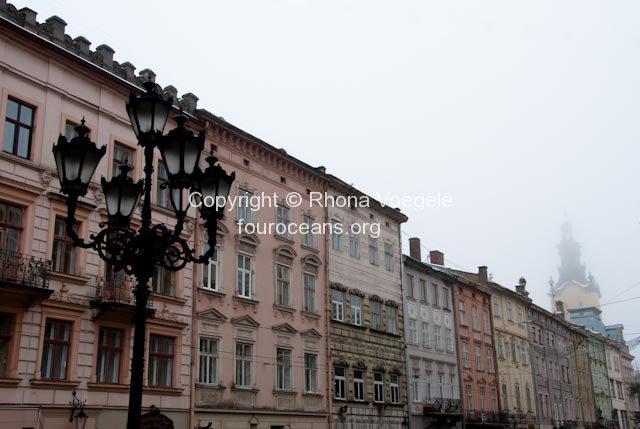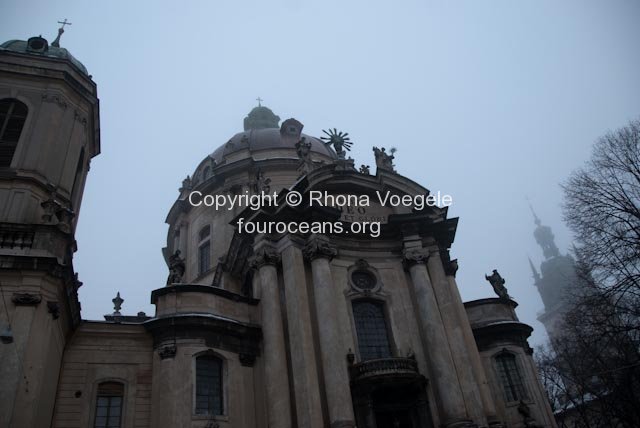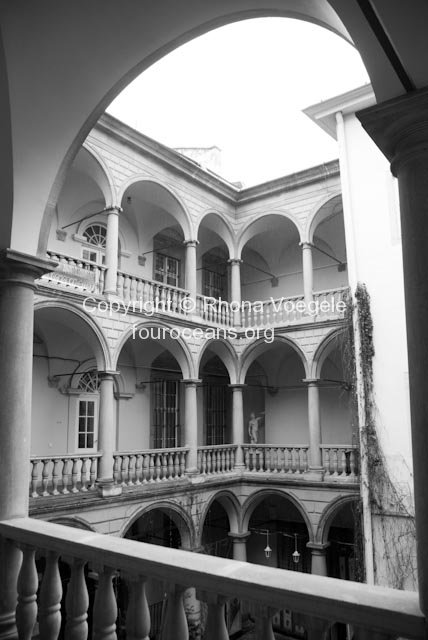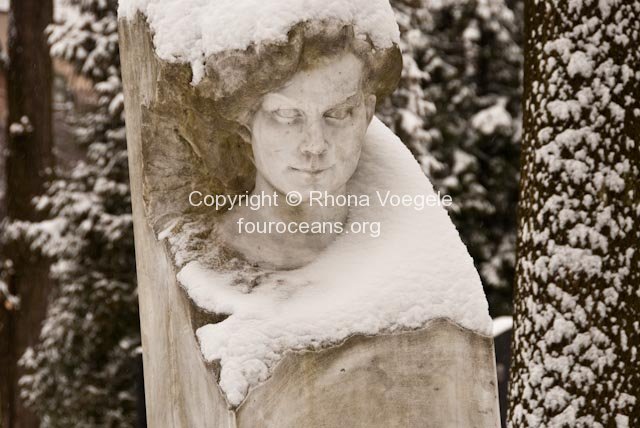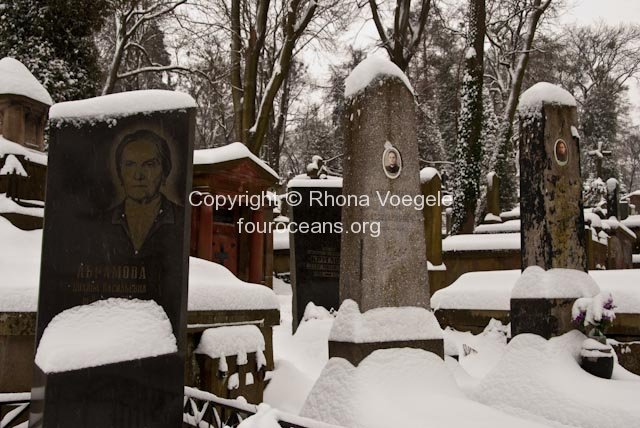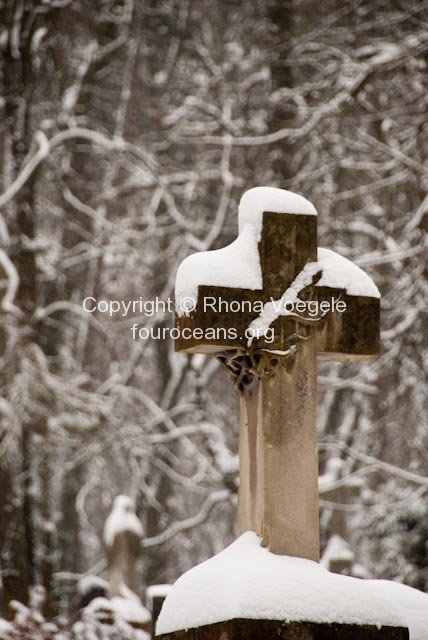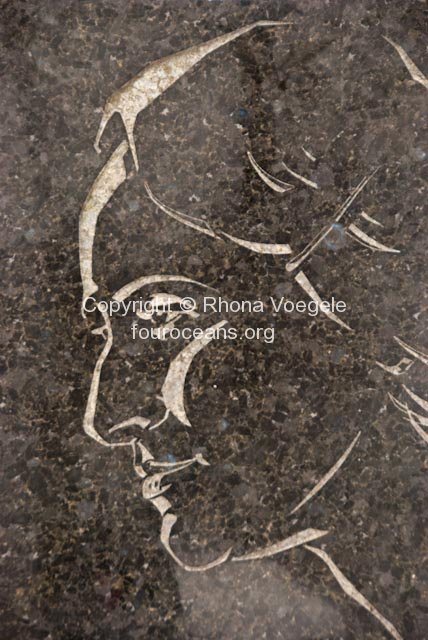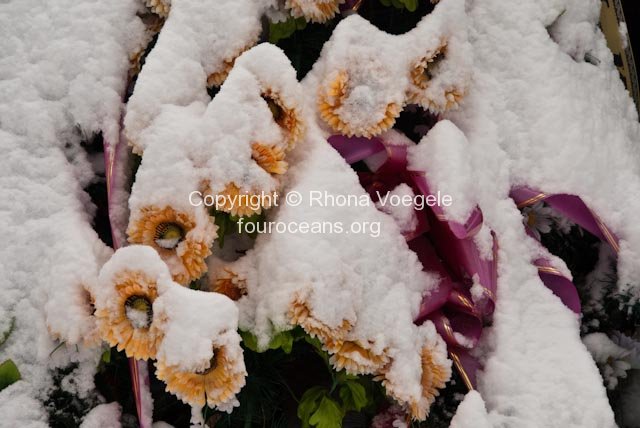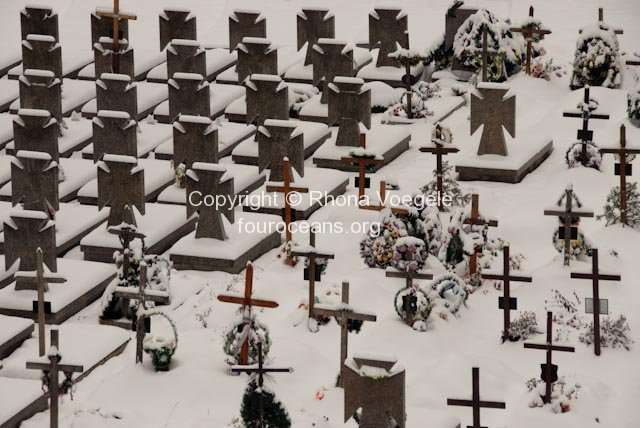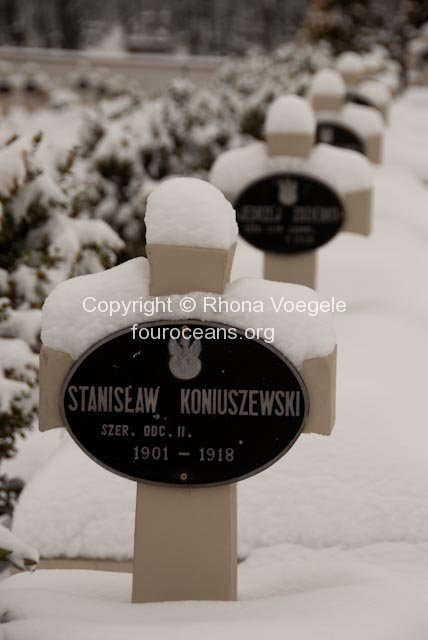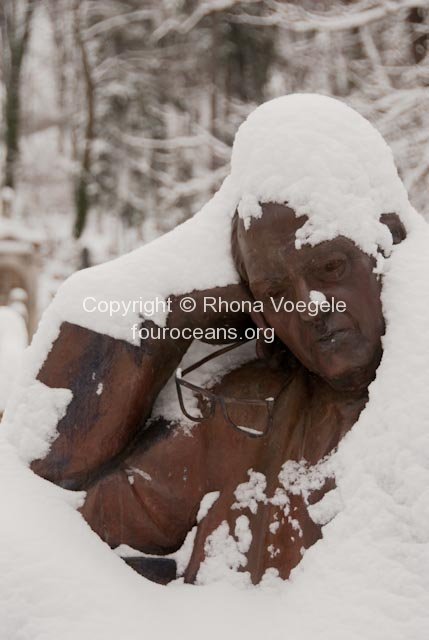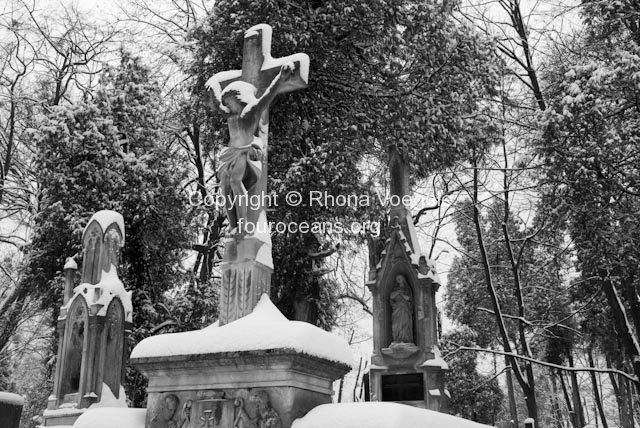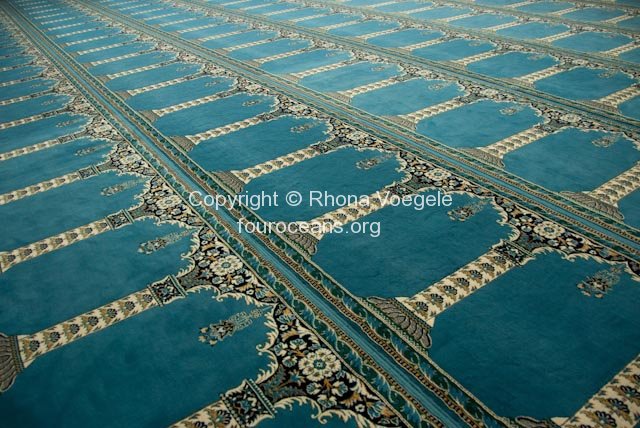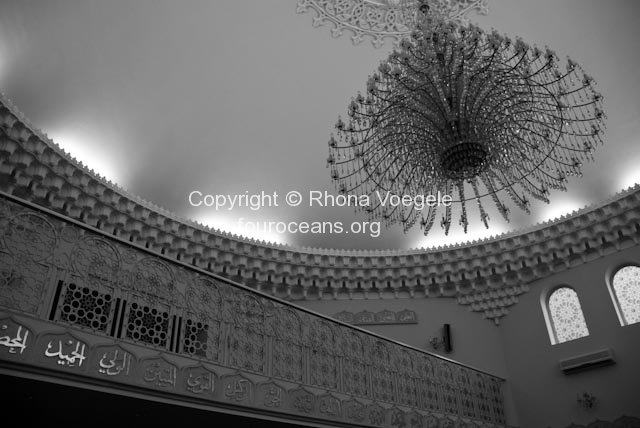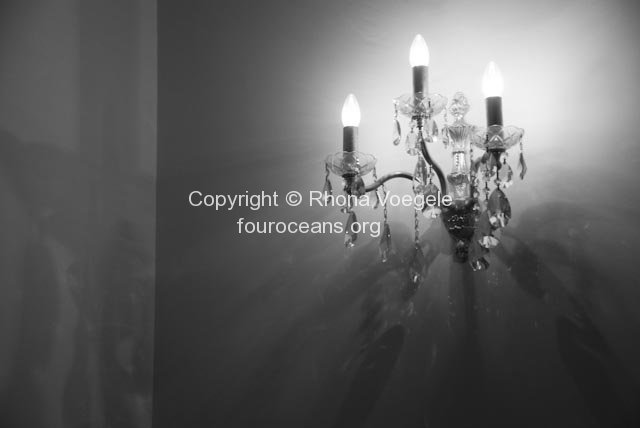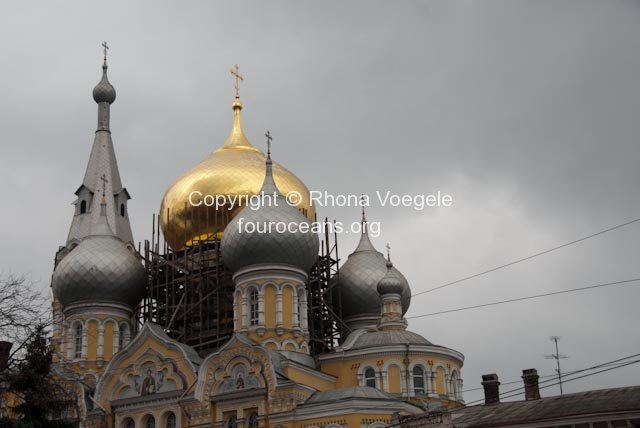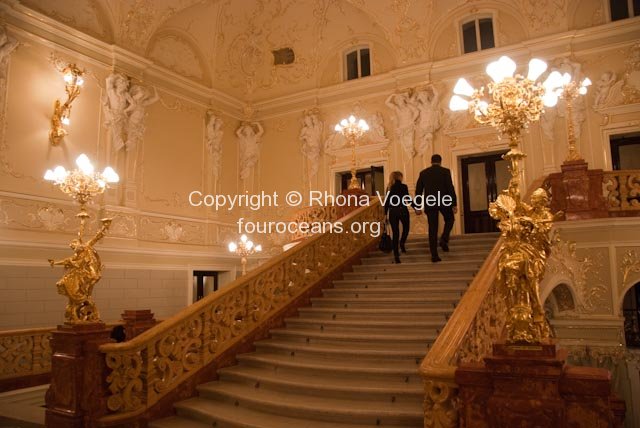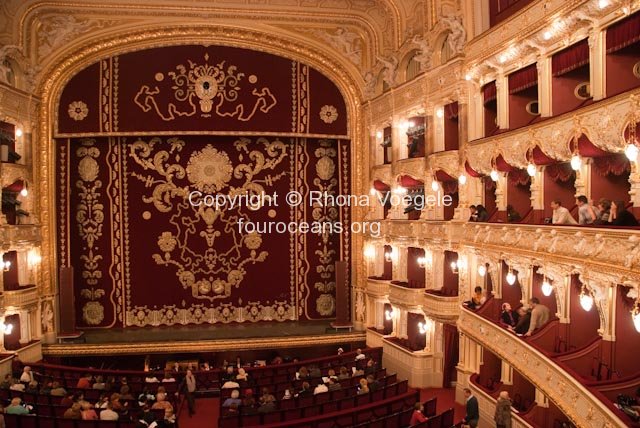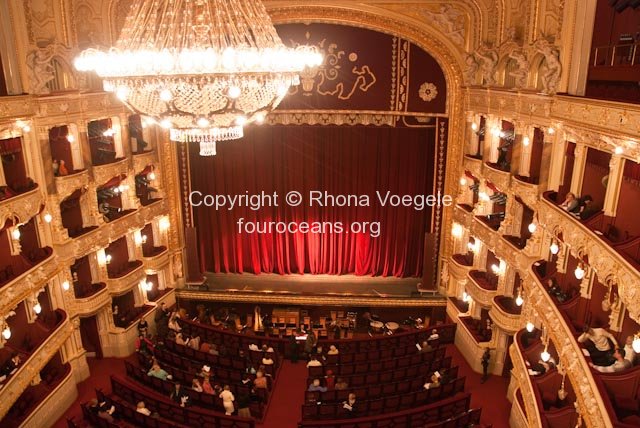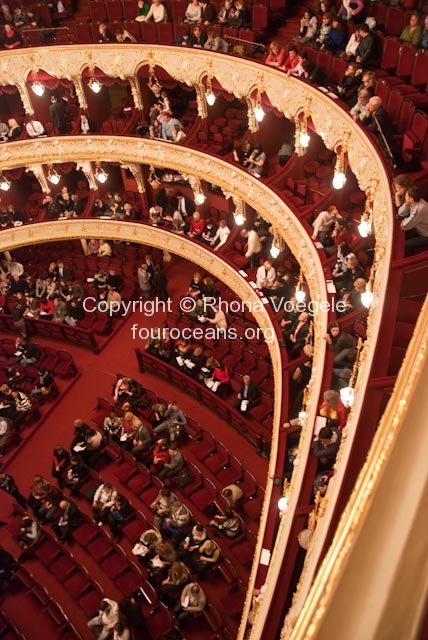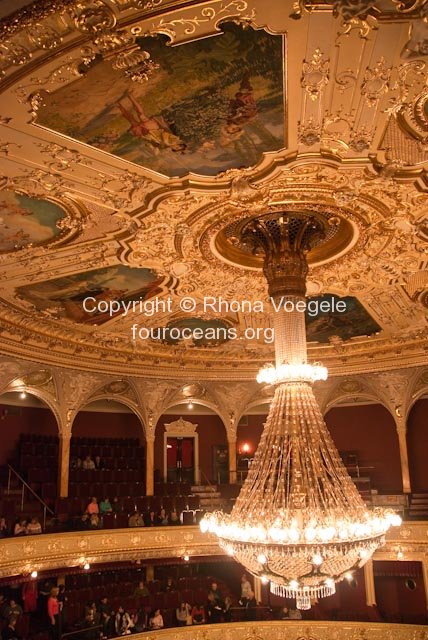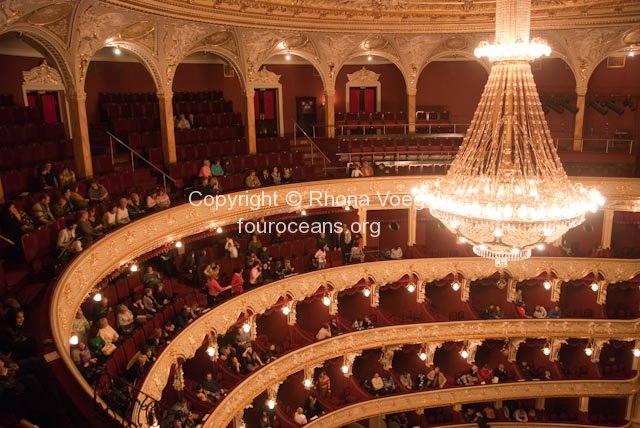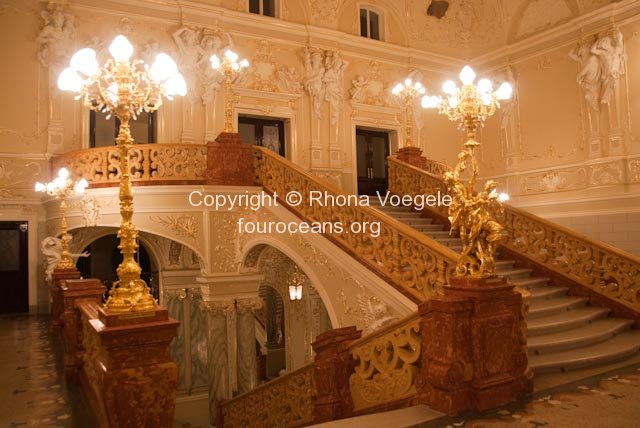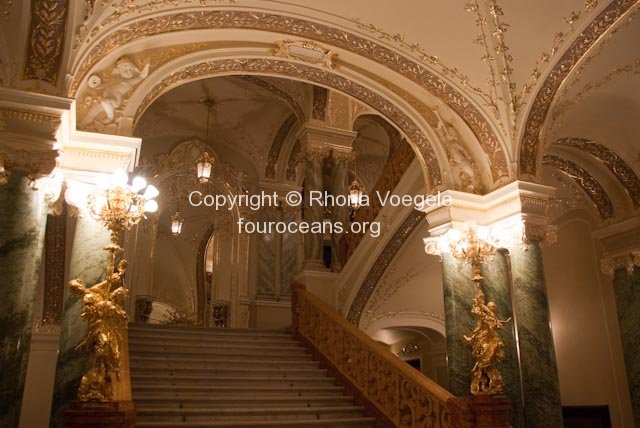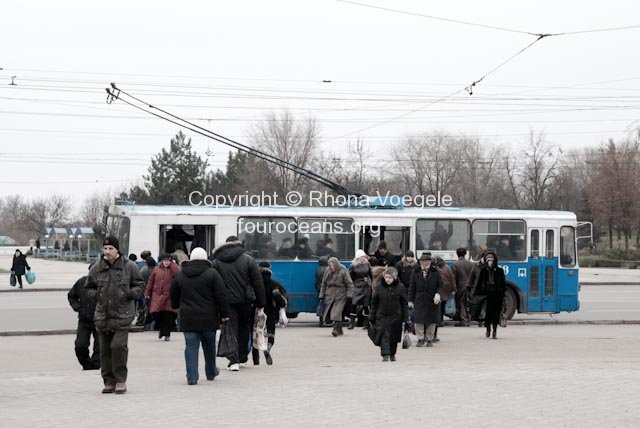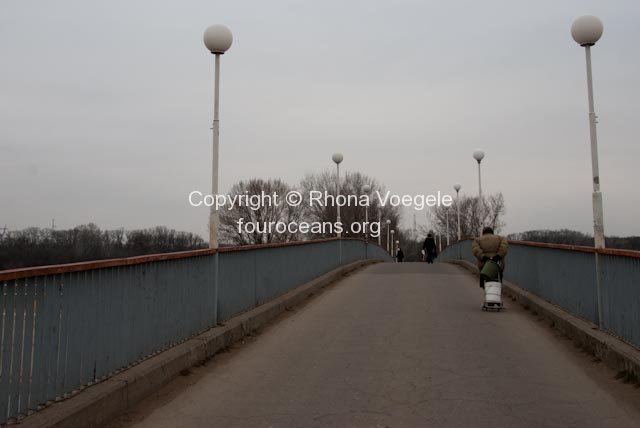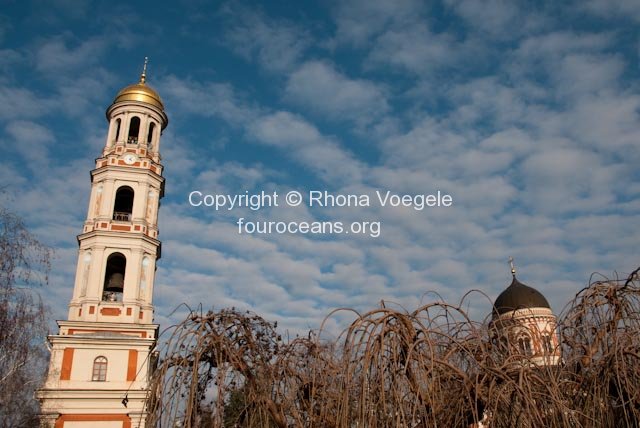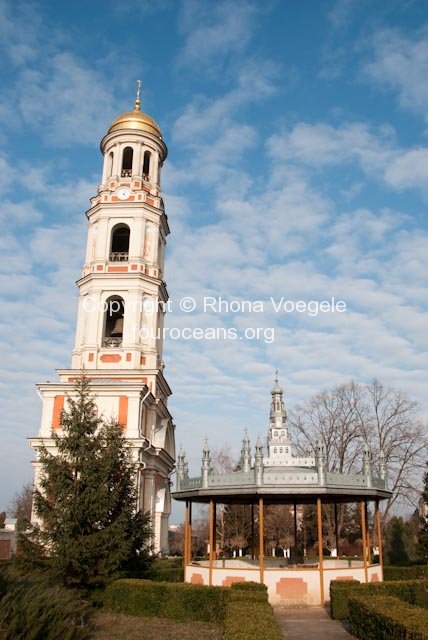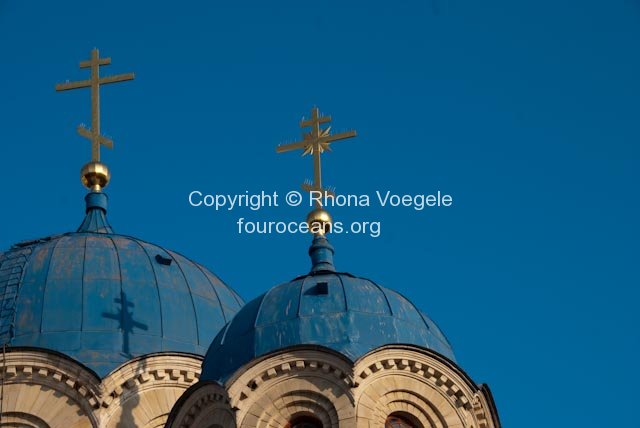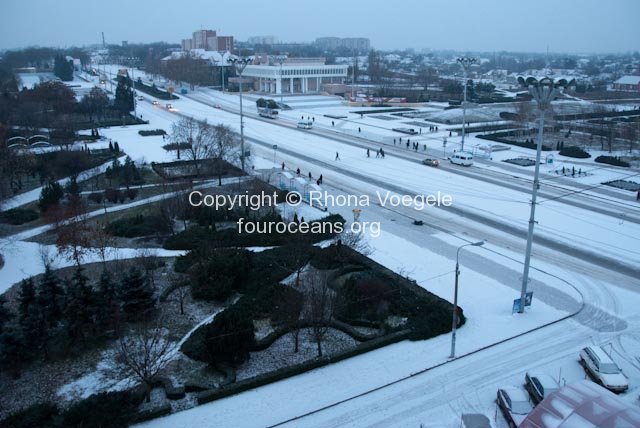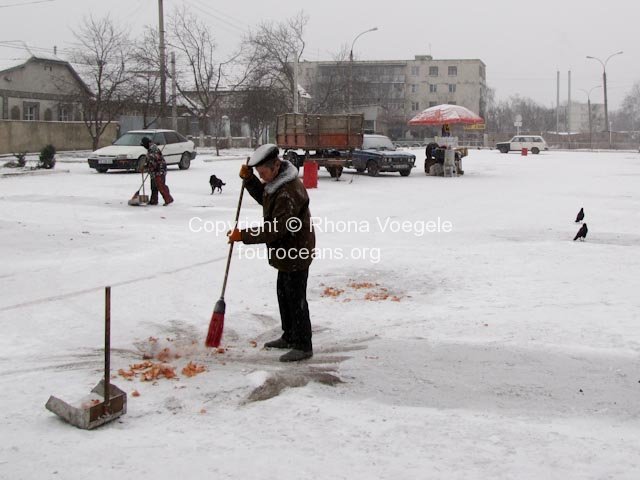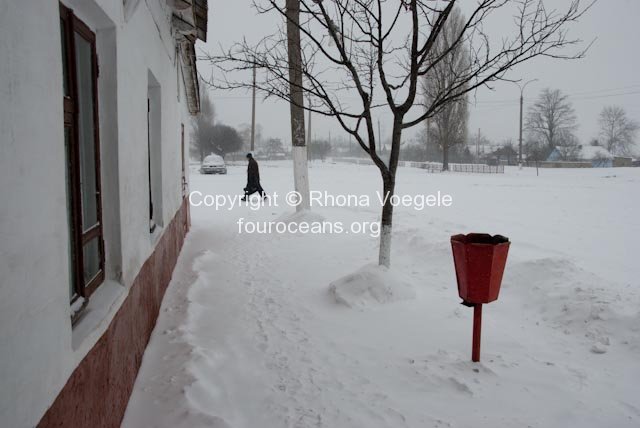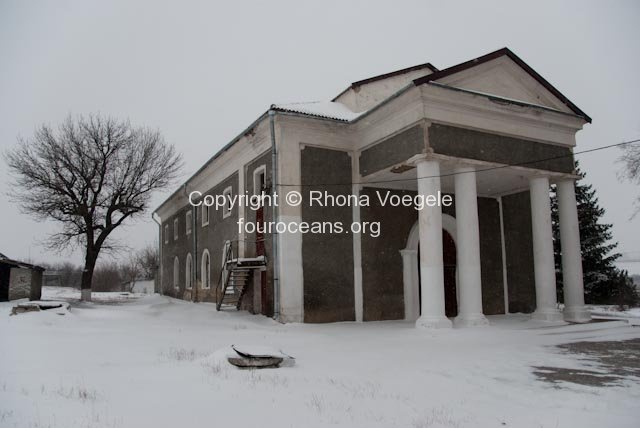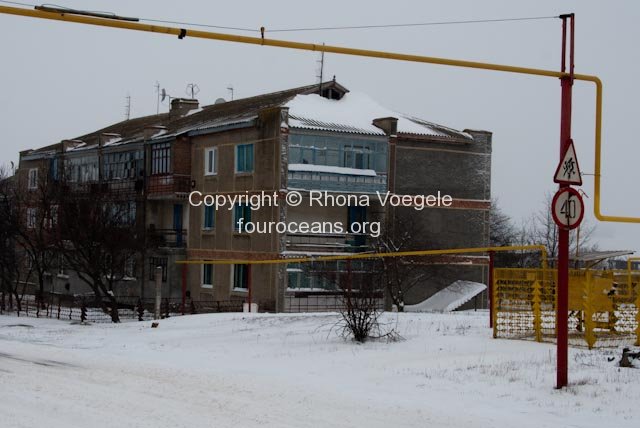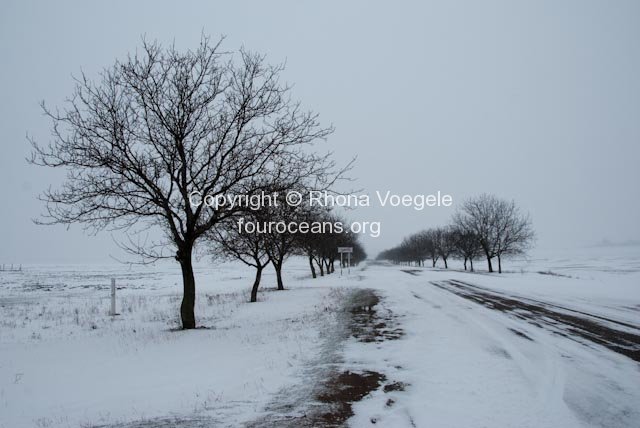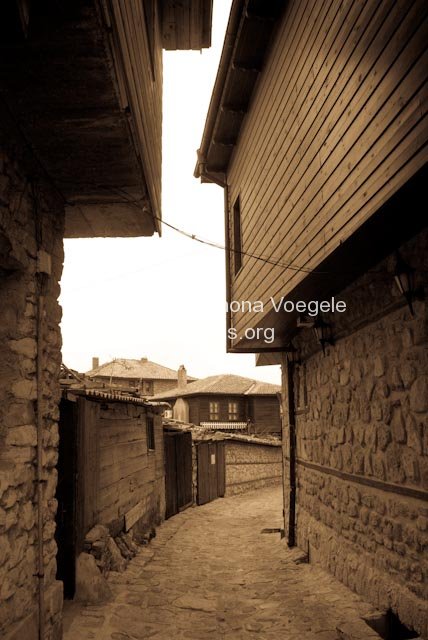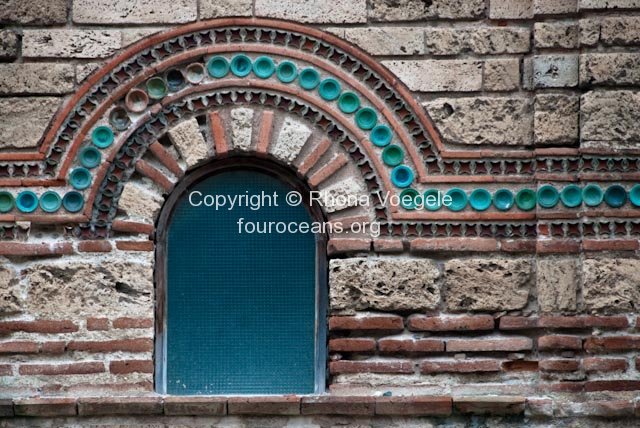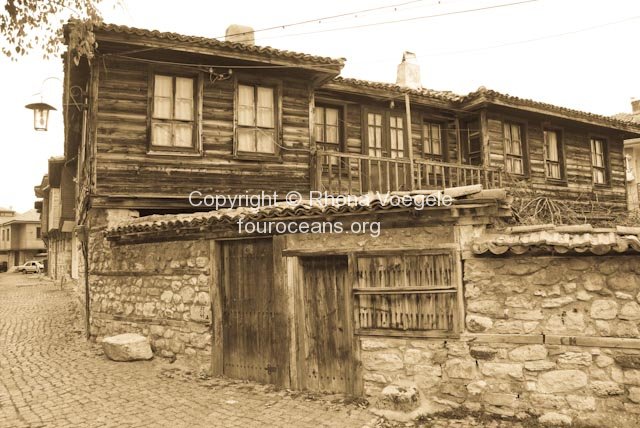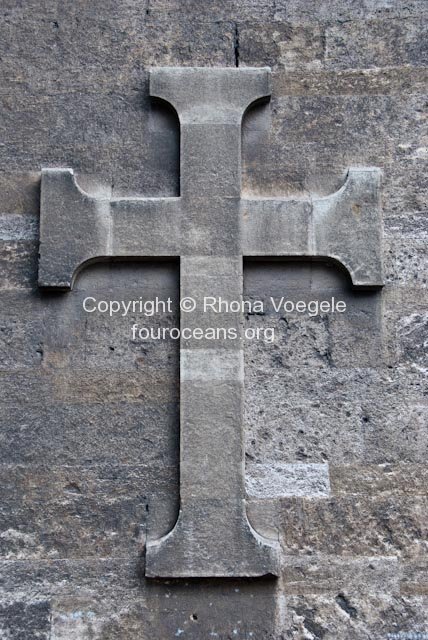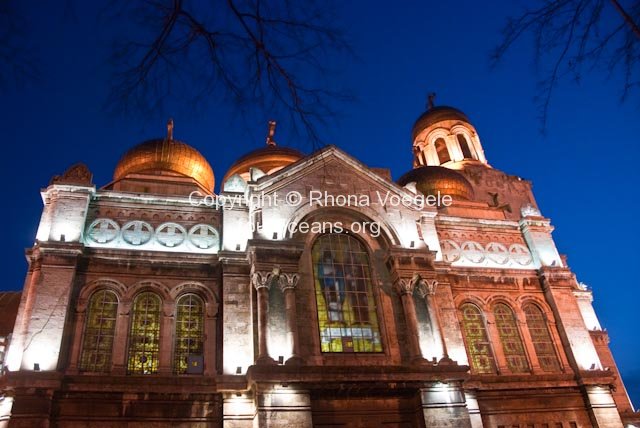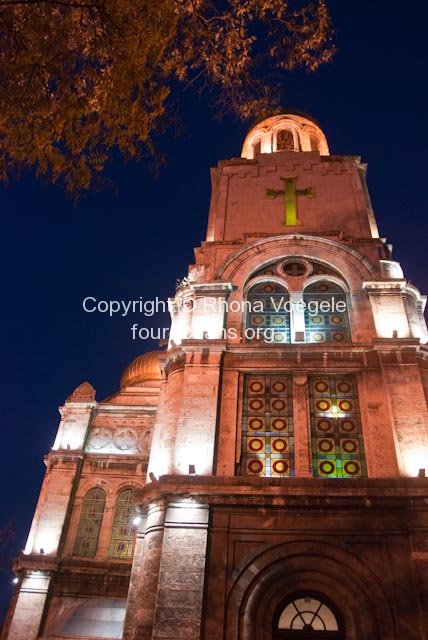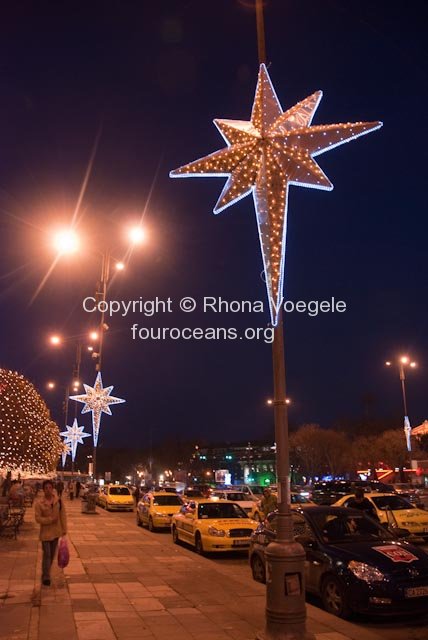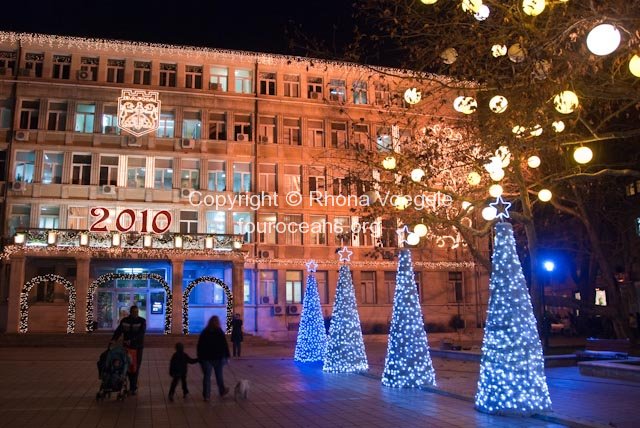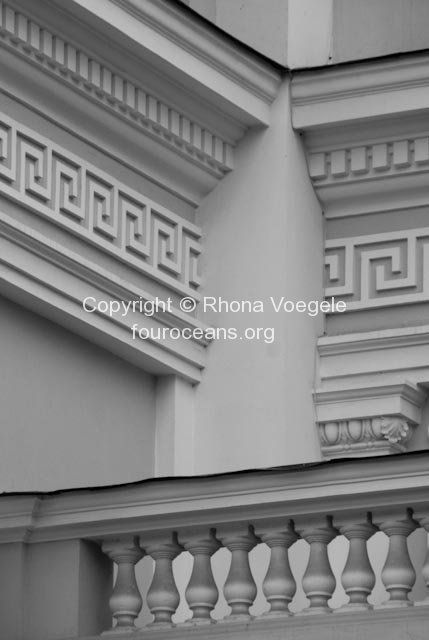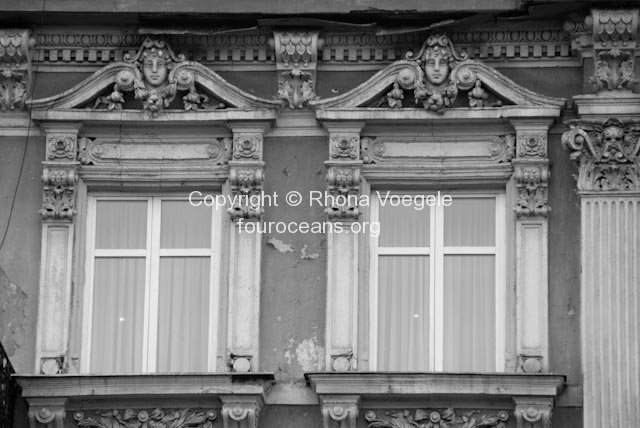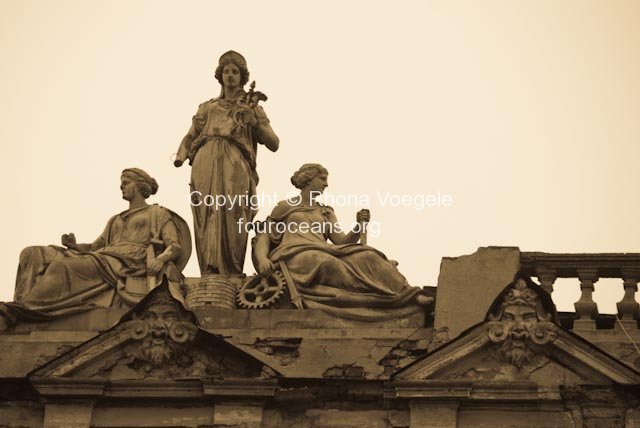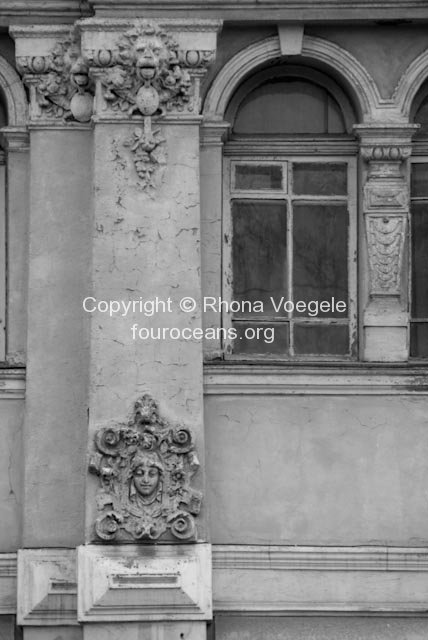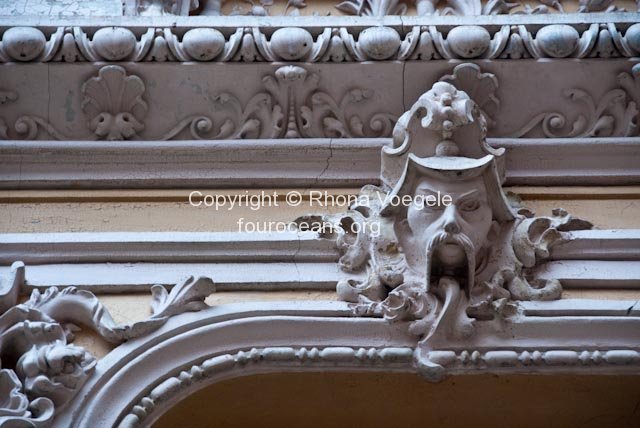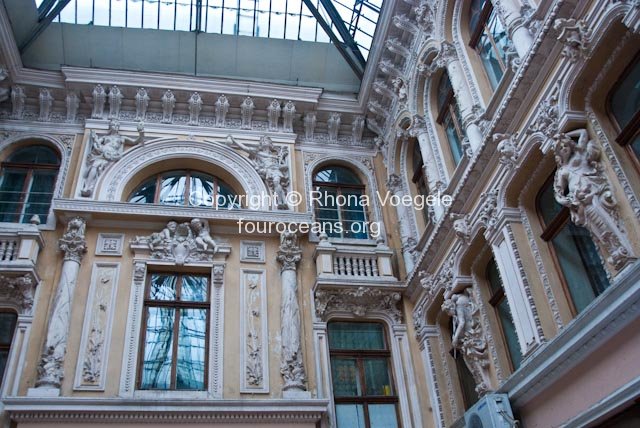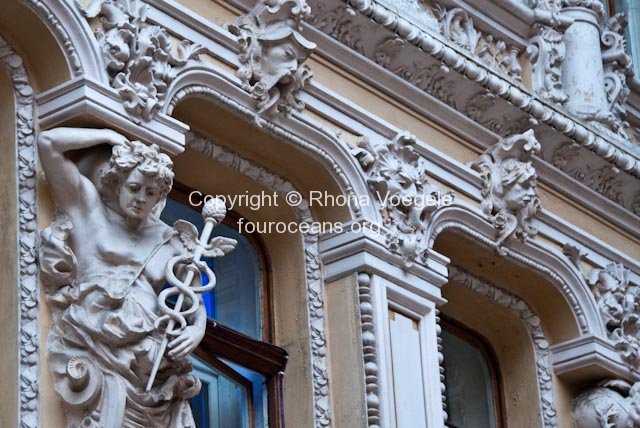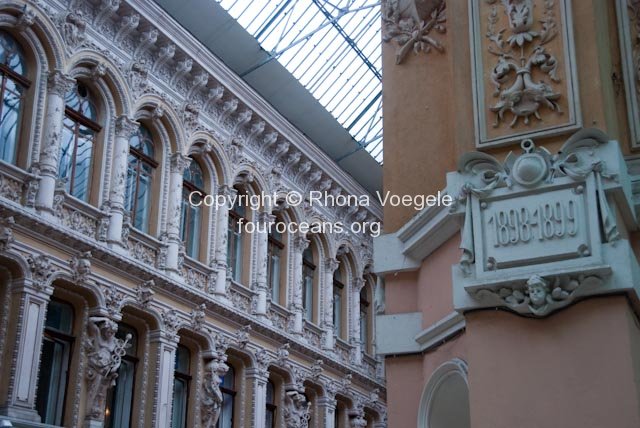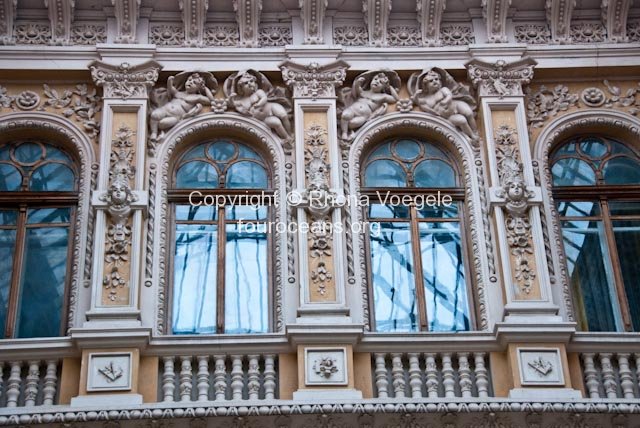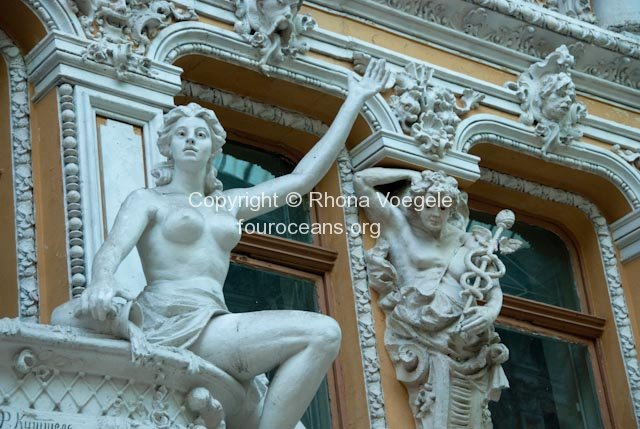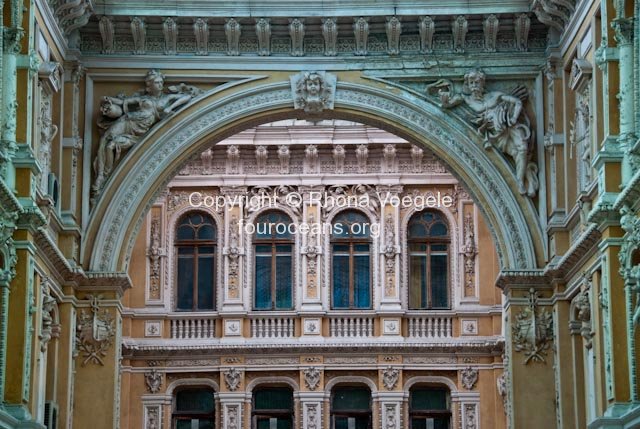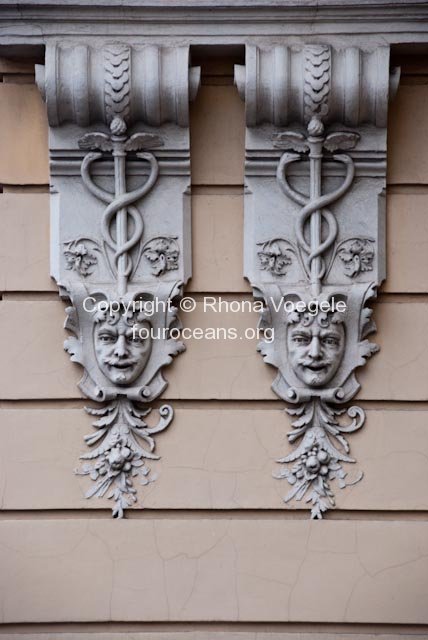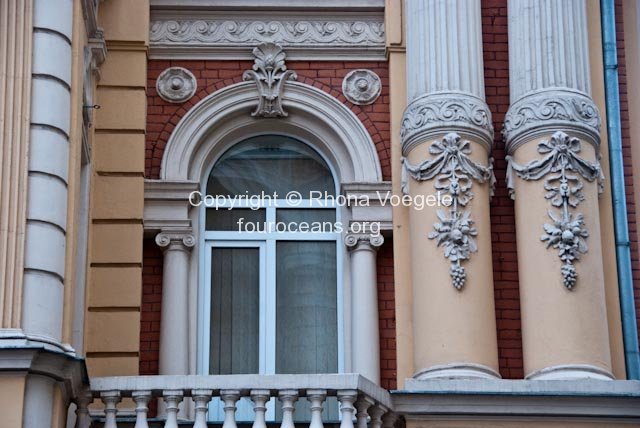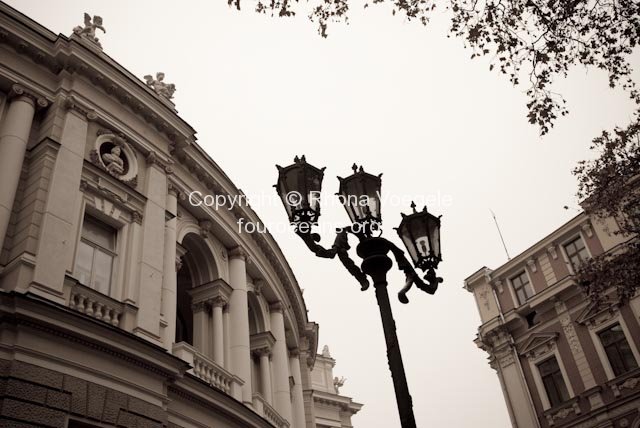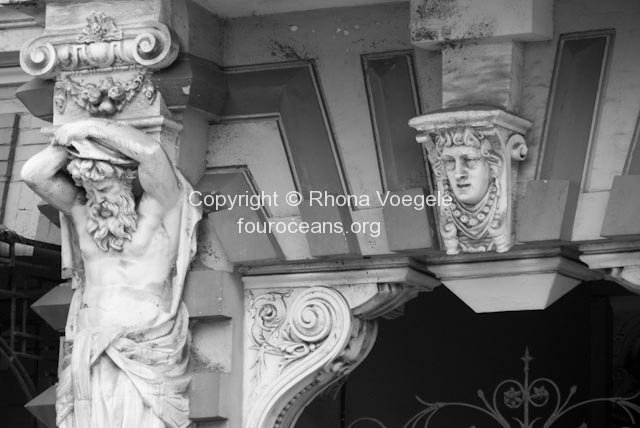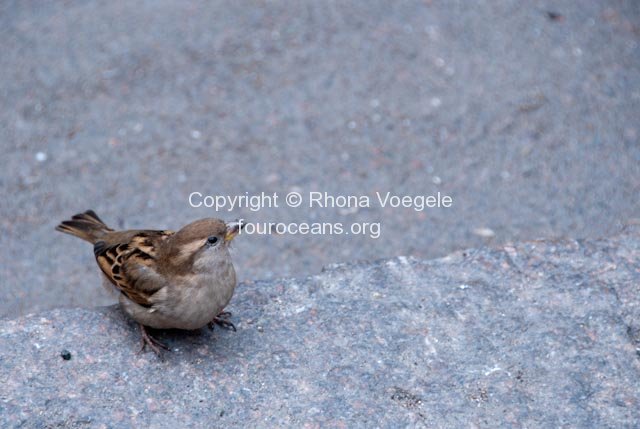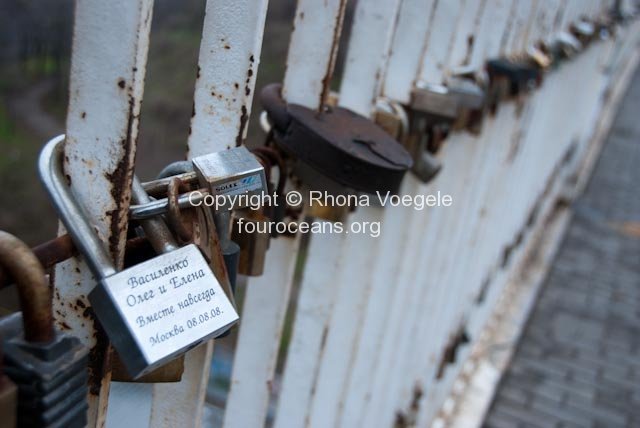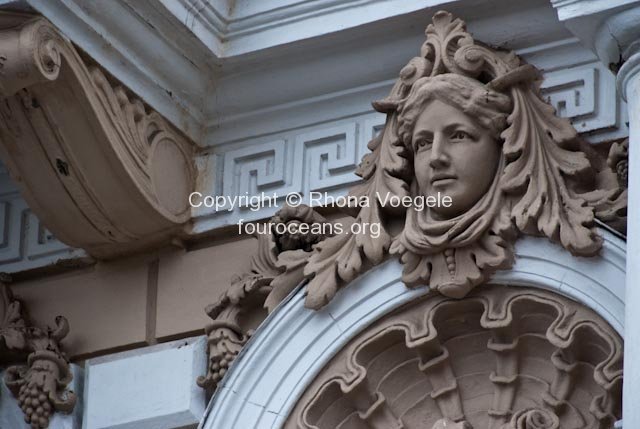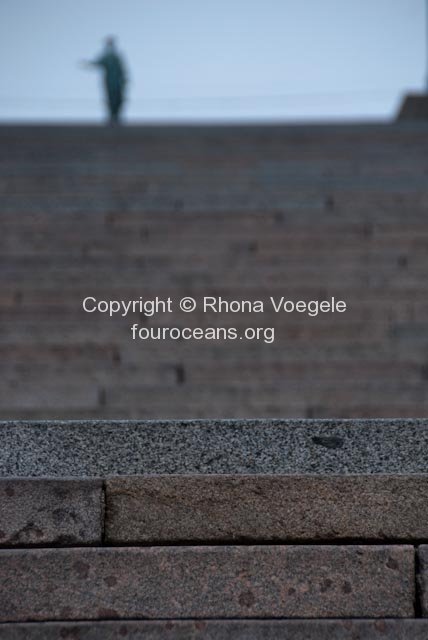–
–
Our first stop back in the Ukraine was Kamyanets Podilsky, home to an impressive fortress. The main part of the old town was built on what is almost an island in a sharp bend of the Smotrych River. It forms a natural moat fortified by high cliffs and the narrow strip of land connecting the old town to the “mainland” is guarded by the fort. It’s hard to imagine a better situated city but other than that I have to say that I was underwhelmed. The fortress was cool but we didn’t find much more to check out in the city. We did see a church that had been converted into a mosque during the Turkish rule in the 17th century. When the city was handed back to the Polish forces in 1699 a clause stated that the minaret that had been built could not be torn down. Not to be outwitted the Poles put a massive golden statue of the Virgin Mary on top instead.
From there we travelled to Lviv, a city that gets a lot of hype in the tourism in Ukraine literature. Maybe we’re just slow on the uptake or have hit that stage of travelling that we term “tourist tiredness”. It seems to happen about every month or so: we just get a bit bored, lazy and want to spend whole days doing nothing – especially avoiding sightseeing. Thankfully Lviv’s European bent means there are plenty of cafes designed for doing just that. We’ve had a latte at a café dedicated to the inventor of the kerosene lamp, eaten enough cake to make ourselves sick at a place called “the sweet shop” and sipped honey (and wasabi) vodka in a place designed like a Ukrainian Insurgent Army bunker. The UIA waged a guerrilla war for Ukrainian independence between 1943 and 1949, both against the Nazis and the Soviets. It was particularly popular in Western Ukraine and its lack of success (Ukraine didn’t gain independence from the USSR until 1990) doesn’t seem to matter to the patrons of the wildly popular restaurant. Before you’re allowed inside a guard opens a small window in the door and says “slava Ukraini” (glory to Ukraine) and you have to reply “geroyam slava” (glory to its heroes). The door is then opened and another guard, armed with a machine gun, hands you a shot of vodka. The secret door to the stairs leading down is hidden behind a bookshelf.
Read the rest of this entry »
–
–
I guess it makes sense that a lazy week is followed by a busy one so here we go… The opera we saw at the Odessa Opera and Ballet theatre was Puccini’s La Boheme, a nice induction to the world of opera. The inside of the building was spectacularly stunningly amazingly beautiful and we went back the next night to watch a ballet (and take photos of the building). It was full of red velvet, gold paint, cherubs and renaissance paintings surrounding a massive chandelier in the main theatre room. We felt like real royalty sitting up in our own box (for the bargain price of $10 each).
On our last full day in Odessa we headed to the catacombs. In the 19th century a maze of tunnels were dug to supply limestone for a building boom in the city. There was no centralised plan and no map exists of the whole system, but it’s estimated that there are about 2,000-3,000km of tunnels ranging from 10m to 60m in depth. Apart from their initial use they have served other purposes through history. From 1819 to 1858 Odessa was a duty free port, a policy which made Odessa the third biggest city in Russia at the time. During this era smugglers would use the catacombs to smuggle goods bought at duty free prices out of the city. Later, during the Second World War resistance fighters hid in the catacombs after Odessa was occupied by the Romanian and Germany army following an impressive 73 day siege. After the war most of the entrances were sealed up to help stop crime.
From Odessa we headed to Tiraspol, capital of Transnistria. Though it declared independence from Moldova in 1990 it’s thus far unrecognised internationally except by Abkhazia and South Ossetia (which in turn are only recognised by each other and Transnistria). The reason for the split is a historical division in the country; Transnistria was part of the Russian Empire for much longer than the rest of Moldova and has much less Romanian influence. As the USSR started to crumble, nationalist Romanian oriented sentiment in Moldova soared and in 1989 Moldovan (a dialect of Romanian) was declared the only national language. For the mostly Russian speaking Transnistrians this and the prospect of Moldova reuniting with Romania caused skirmishes that led to an all out war in 1992. Since then a ceasefire and a large Russian presence has restricted the conflict to economic blockades and rhetoric. Transnistria has its own government, military, police, currency, postal system, constitution, flag, national anthem, passports and coat of arms. However, the currency can’t be exchanged anywhere outside Transnistria, the stamps are for domestic use only and citizens who travel abroad use a Moldovan passport.
Read the rest of this entry »
–
–
This week has been uncharacteristically lazy. We’ve spent quite a few days lazing about in hotel rooms, sleeping late and not achieving much at all. It’s been really nice! Sometimes you need those days and we haven’t taken many yet this trip, the weather has been so fantastic and there’s been so much to see that we haven’t slowed down. When we got to Nesebar the weather had changed to winter and to be honest there wasn’t much to see once we’d done the short wander around the small old town. The isthmus that the old town is on was almost deserted in the winter season, pretty much all the churches, shops, restaurants and even Tourist Information were closed. All that remained of the summer tan-seeking throng was a few chilly postcard sellers, construction workers preparing for next year’s rush and a taxi driver who was so desperate for business that he promised to take us anywhere we wanted to go for bus fare prices. We ended up paying him a bit more than bus fare price for the trip to Varna (1.5 hours) and he was the most excited and happy taxi driver I think I’ve ever met. Our measly 30 leva (USD25) fare won’t go far toward the 1,000 leva he pays monthly to rent the car but it’ll help.
Varna is also on the coast but being a big city (3rd largest in Bulgaria) most sun seekers head to one of the smaller resorts nearby (when they come in summer). We got in on a Saturday and the next bus up to Odessa, Ukraine, wasn’t until Tuesday afternoon. Once we’d wandered the beachfront, been to the cathedral, seen the Roman baths and wandered the streets a bit we spent the rest of the time hanging out and doing mundane life stuff like laundry, catching up on emails and watching lots of interesting shows on the History Channel. Did you know that in WW2 homing pigeons were actually a really important means of communication for both the Allies and the Axis? So important that both sides trained peregrine falcons to take out enemy pigeons. The British actually trained their falcons to retrieve the Nazi pigeons instead of just killing them, with messages and markings intact, thereby enabling them to plant double agent pigeons behind Nazi lines. When the Nazis released these devious birds they returned to their roosts in the UK carrying important enemy intelligence. The things you learn when you can’t be bothered to leave the hotel room…
Read the rest of this entry »
